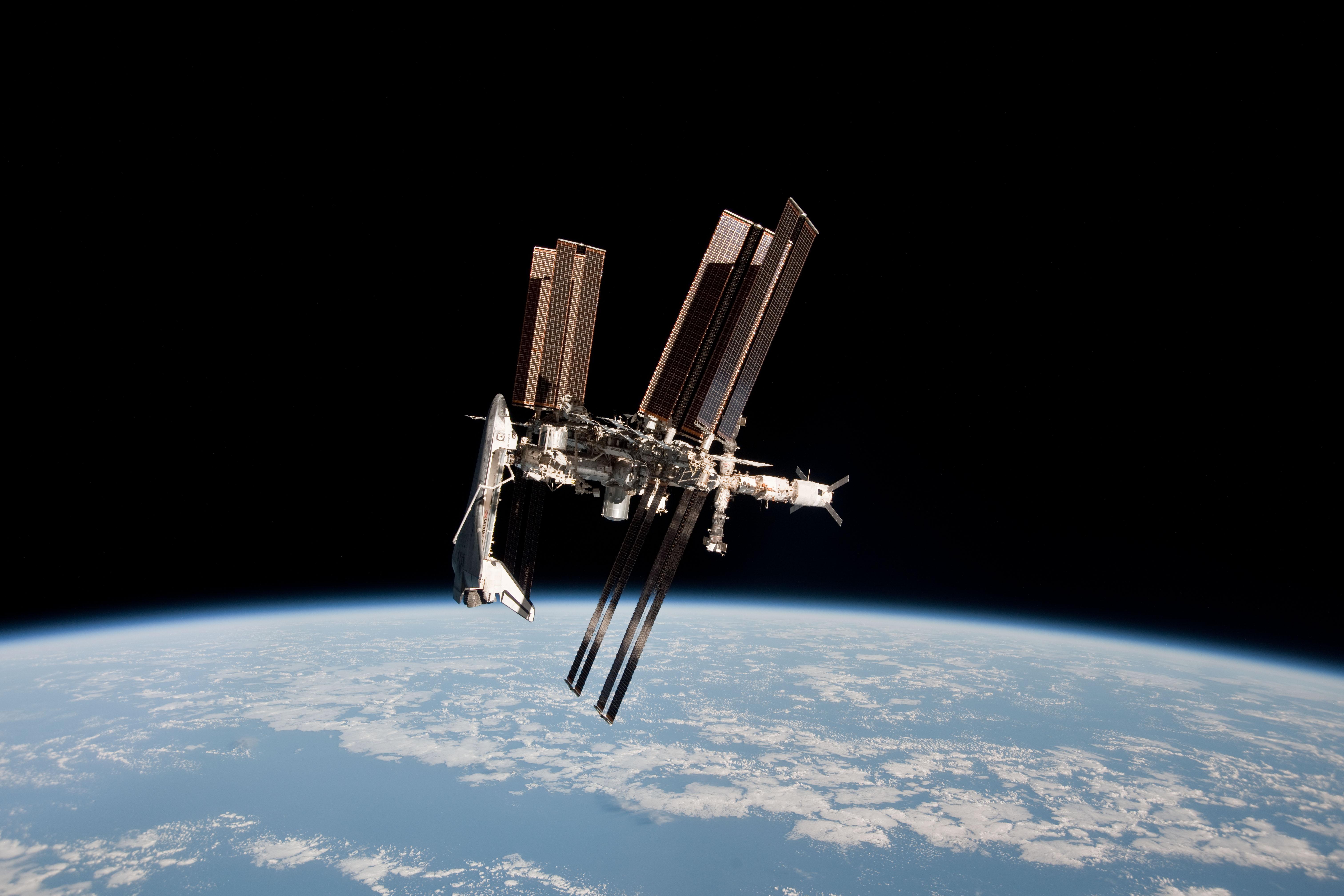
Tag Archives: Space Shuttle Endeavour (OV-105)
23 May 2011
10 December 2008

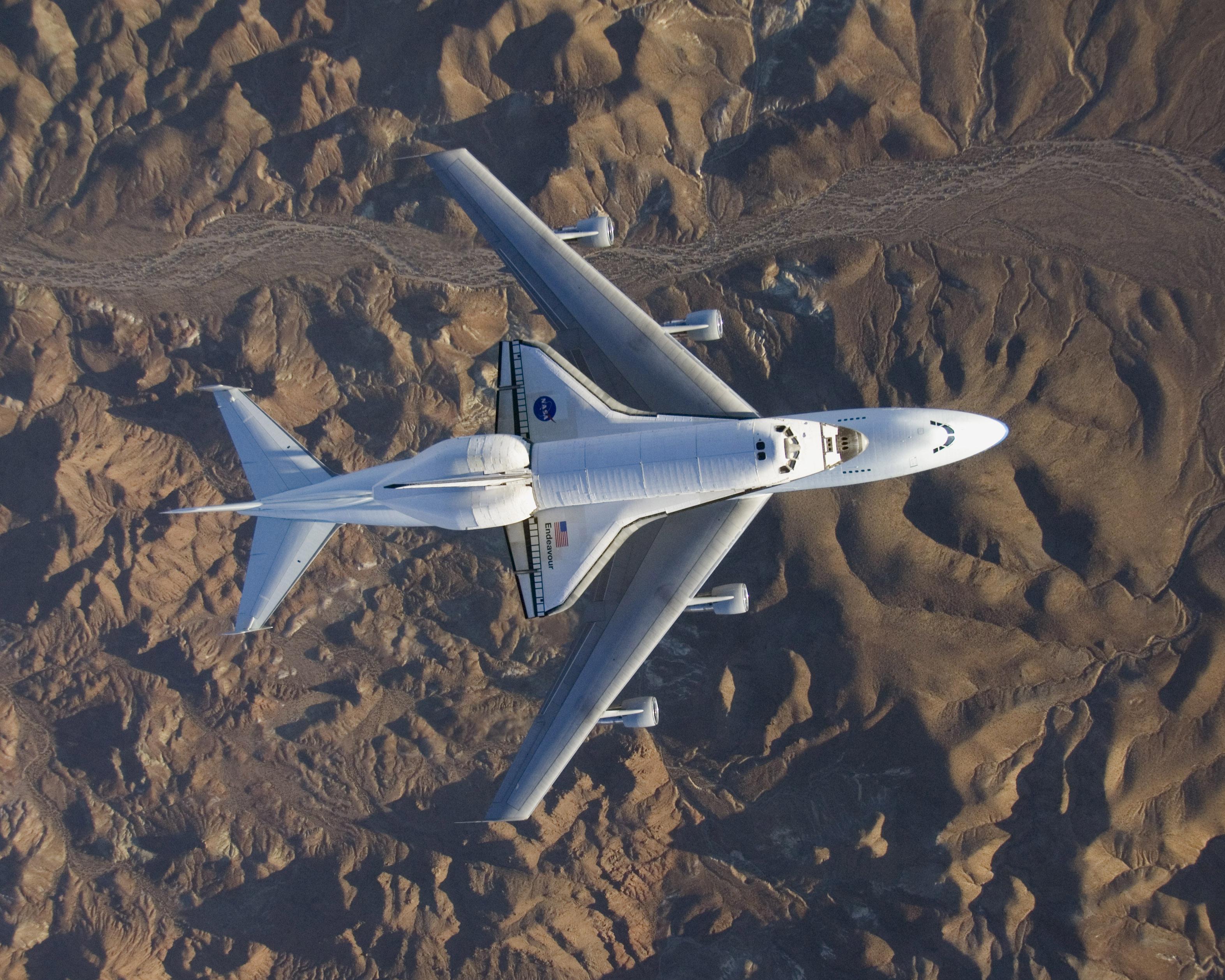
4 December 1998, 08:35:34 UTC
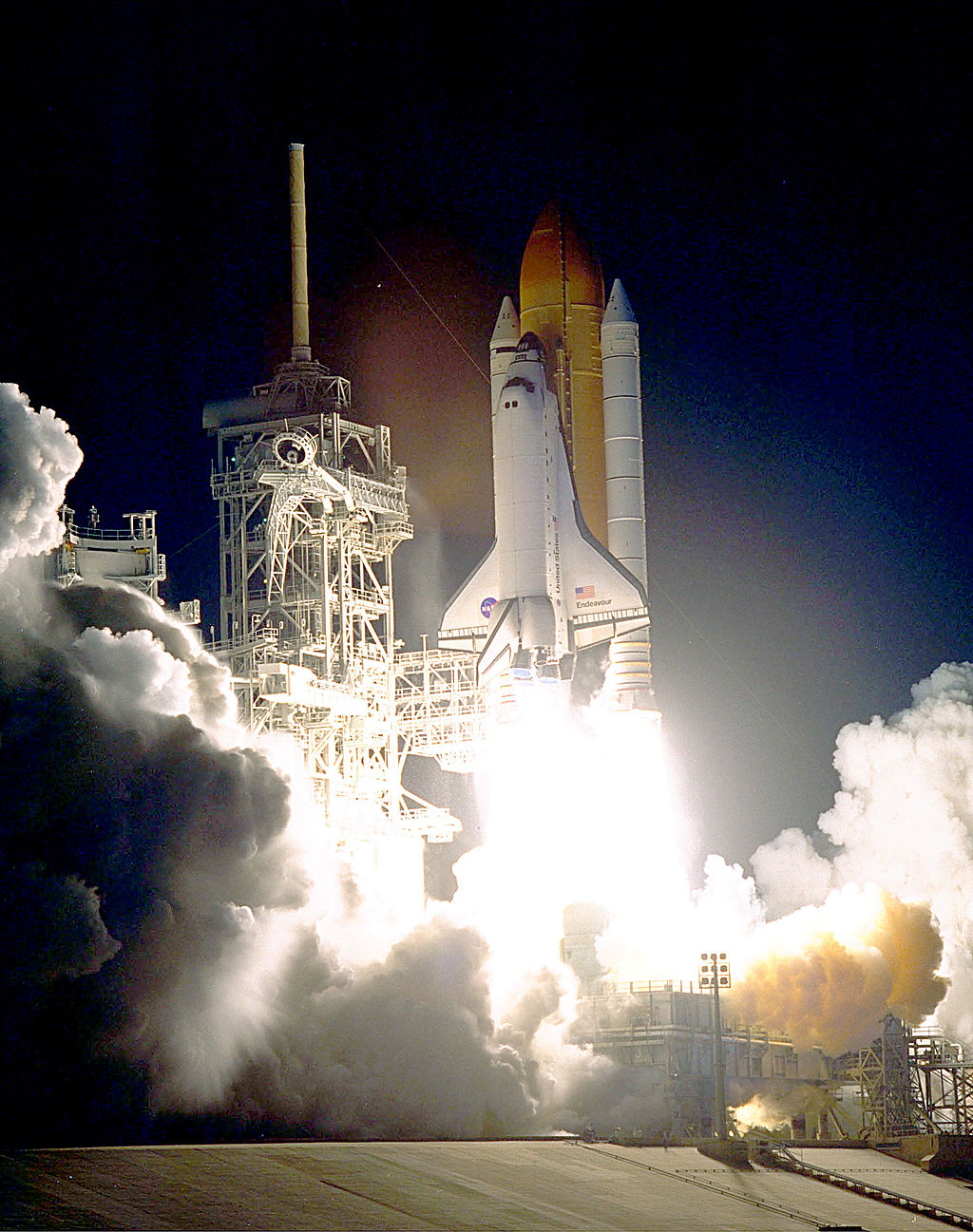
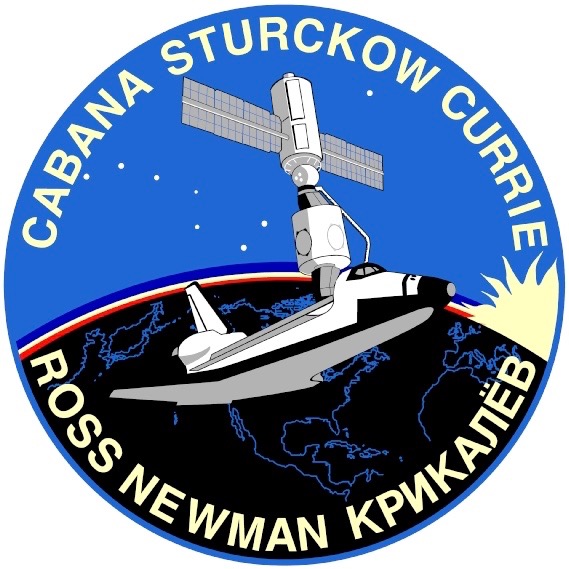
The Mission Commander of STS 88 was Colonel Robert Donald Cabana, United States Marine Corps, on his fourth (and final) space flight. The Pilot was Colonel Frederick Wilford Sturcklow, U.S. Marine Corps, on his first space flight. There were four Mission Specialists: Colonel Jerry Lynn Ross, U.S. Air Force; Major Nancy Jane Currie, U.S. Army, on her third space flight; James Hansen Newman, Ph.D., on his third flight; and Sergei Konstantinovick Krikalev (Серге́й Константинович Крикалёв), a Cosmonaut-Researcher for NPO Energia, on his fourth of six space flights.
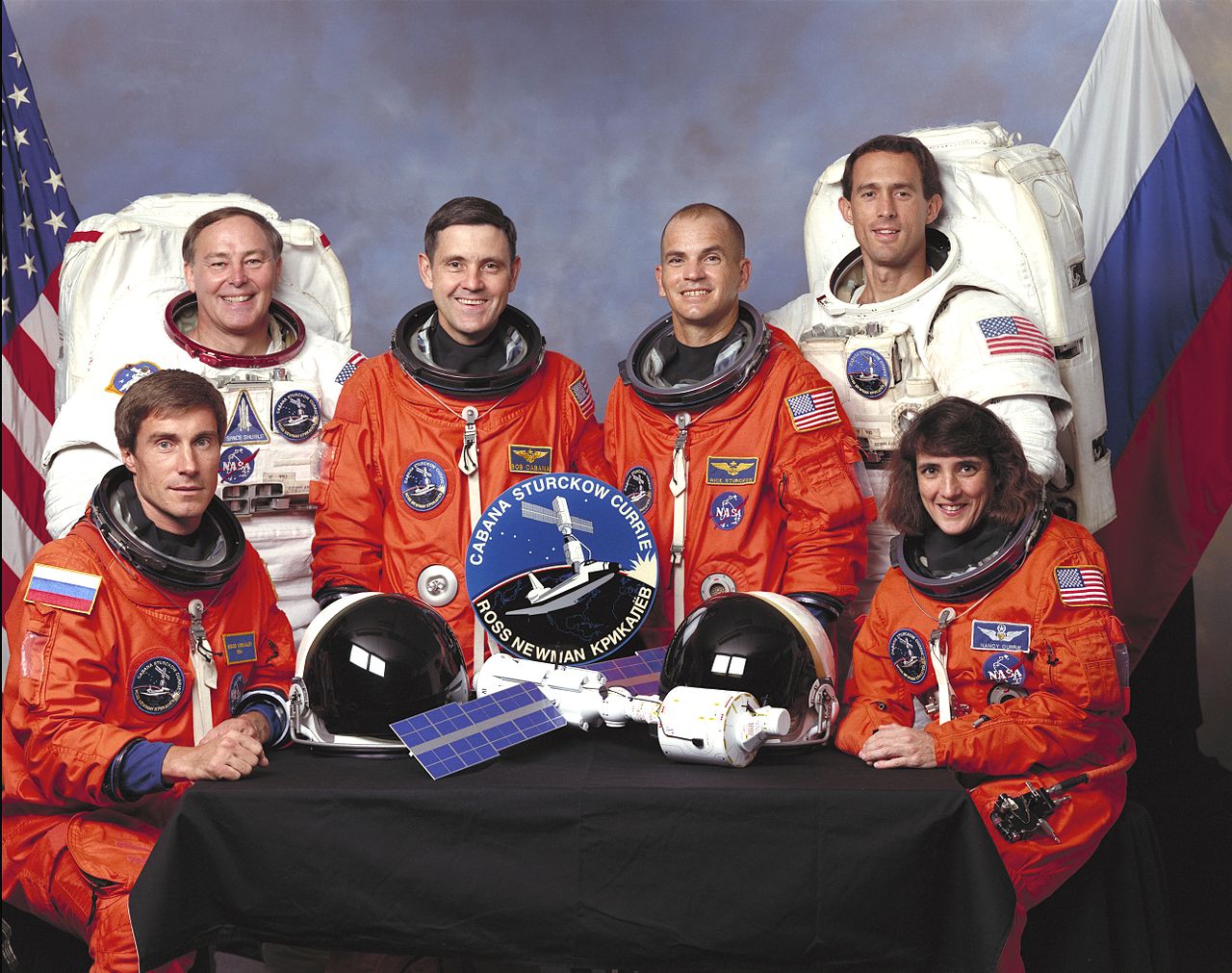
The first segment of the space station was the Functional Cargo Block, known as Zarya (Заря́), which had been placed in Earth orbit two weeks earlier, 20 November 1998, by a Proton-K three-stage rocket, launched from the Baikonur Cosmodrome.
Node 1 provided a docking station for arriving space craft. Adaptor points for additional modules were built into the node’s circumference. Endeavour carried Node 1 in its cargo bay. It was maneuvered into position and installed using the shuttle’s robotic arm, operated by Major Currie.
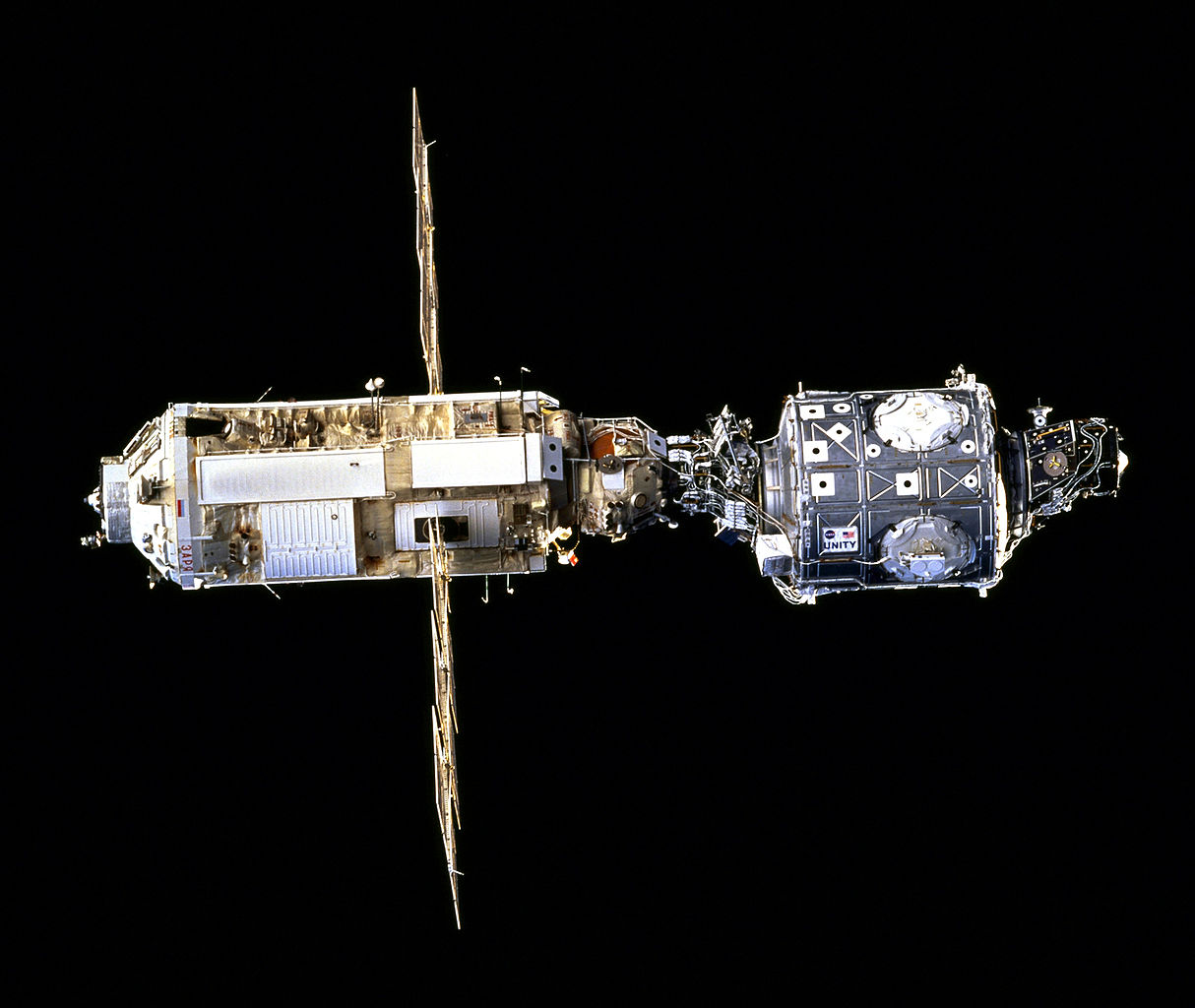
Endeavour returned to Earth at the Shuttle Landing Facility, Kennedy Space Center, at 10:53:29 p.m., Eastern Standard Time, 15 December 1998 (03:53, 16 December 1998, UTC). The total duration of Mission STS-88 was 11 days, 19 hours, 18 minutes, 47 seconds.
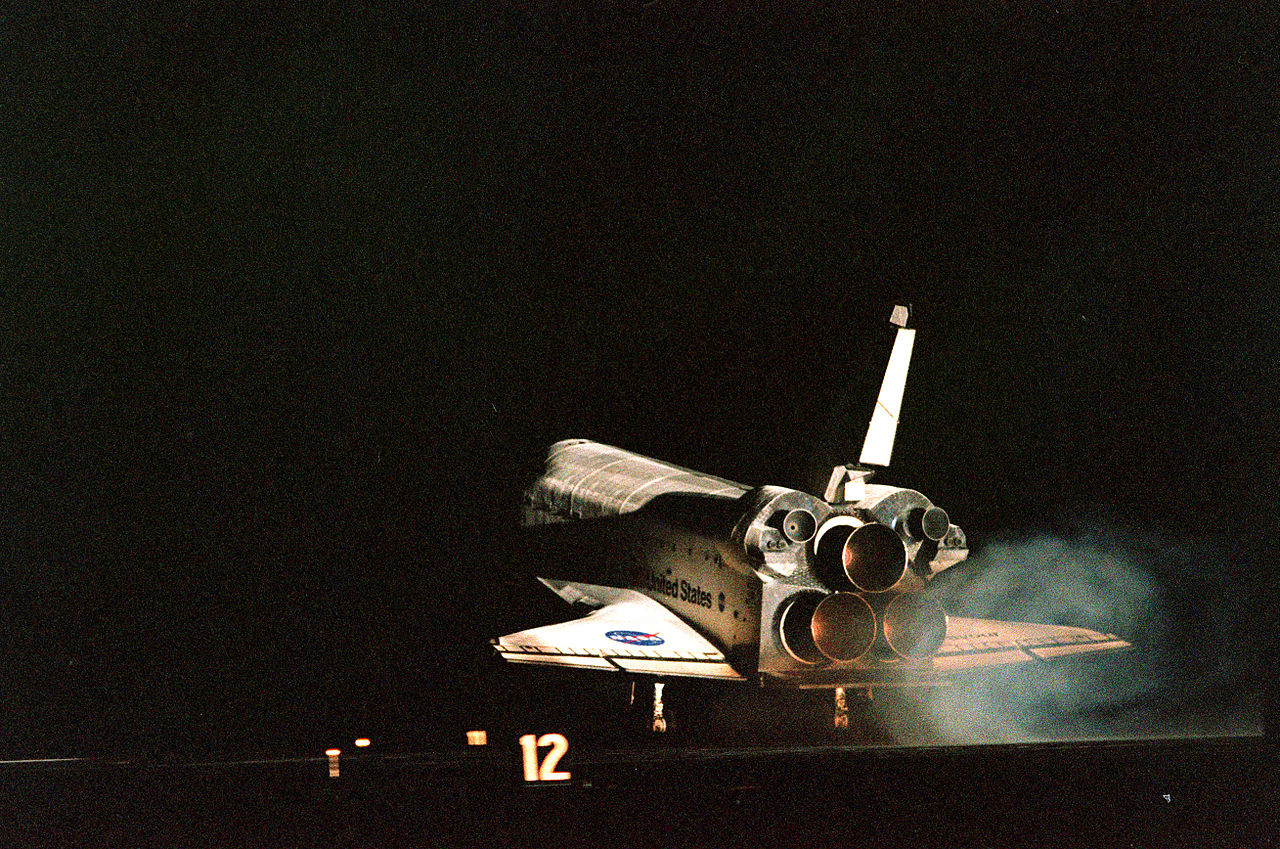
© 2018, Bryan R. Swopes
2 December 1993, 09:27:00 UTC, T minus Zero
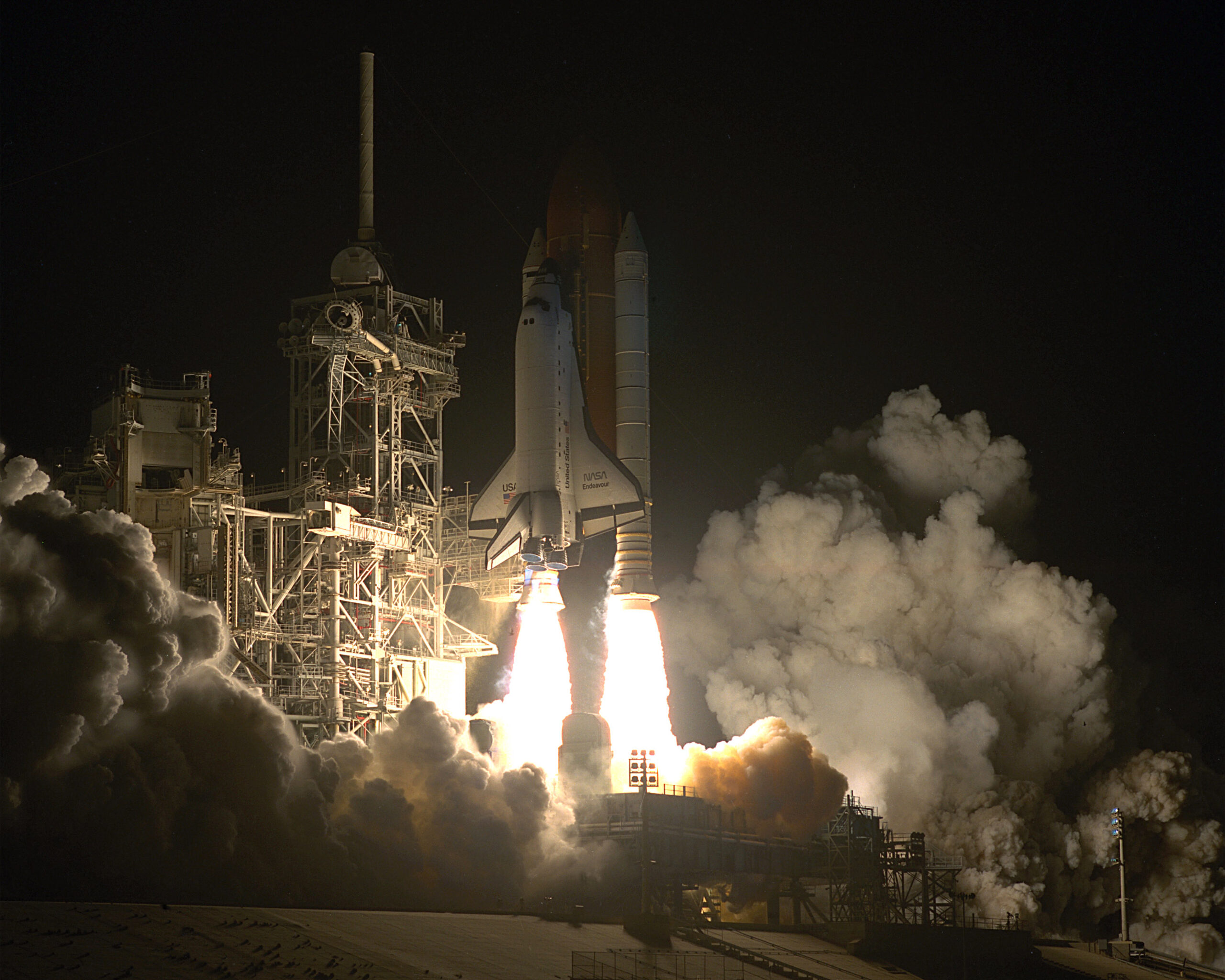
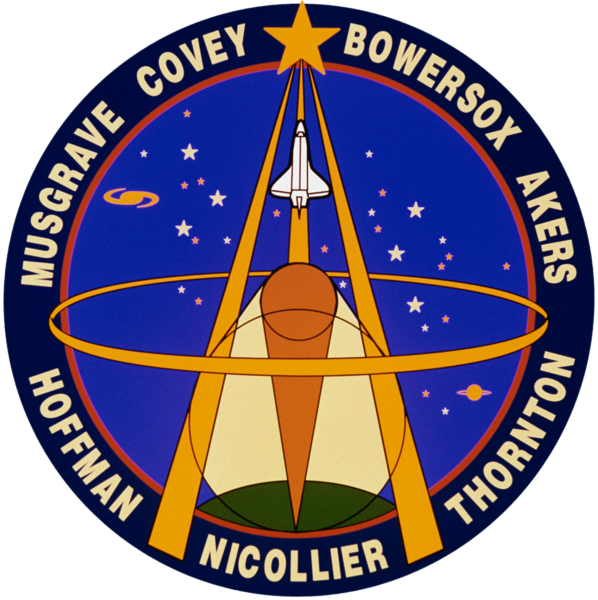
The flight crew were Mission Commander Colonel Richard O. Covey, United States Air Force, on his fourth space flight, with shuttle pilot Captain Kenneth D. Bowersox, U.S. Navy, on his second flight. Mission Specialist Kathryn C. Thornton, Ph.D., on her third space flight; Professor Claude Nicollier, Captain, Schweizer Luftwaffe, (Swiss Air Force) and European Space Agency, on his second space flight; Jeffrey A. Hoffman, fourth flight, F. Story Musgrave, M.D., fifth space flight; and Thomas D. Akers, third space flight.
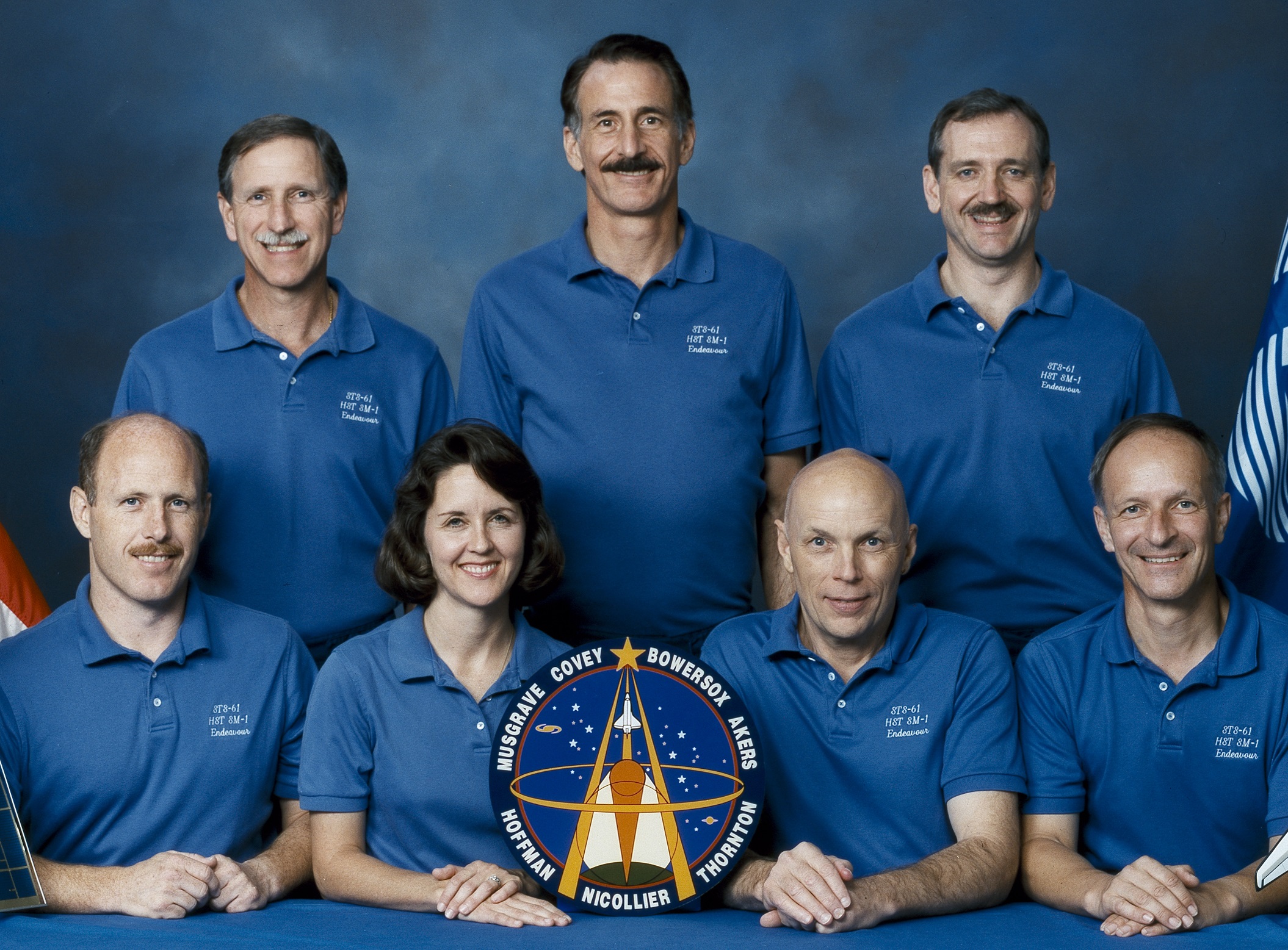
During this flight there were five EVAs (“space walks”) conducted to service and upgrade Hubble. EVAs 1, 3 and 5 were performed by Musgrave and Hoffman, while 2 and 4 were carried out by Thornton and Akers. The duration of these EVAs were between 6 hours, 36 minutes and 7 hours, 54 minutes.
Endeavour landed at the Shuttle Landing Facility (SLF), Kennedy Space Center, at 05:25:33 UTC, 13 December 1993. The duration of the mission was 10 days, 19 hours, 58 minutes, 37 seconds.
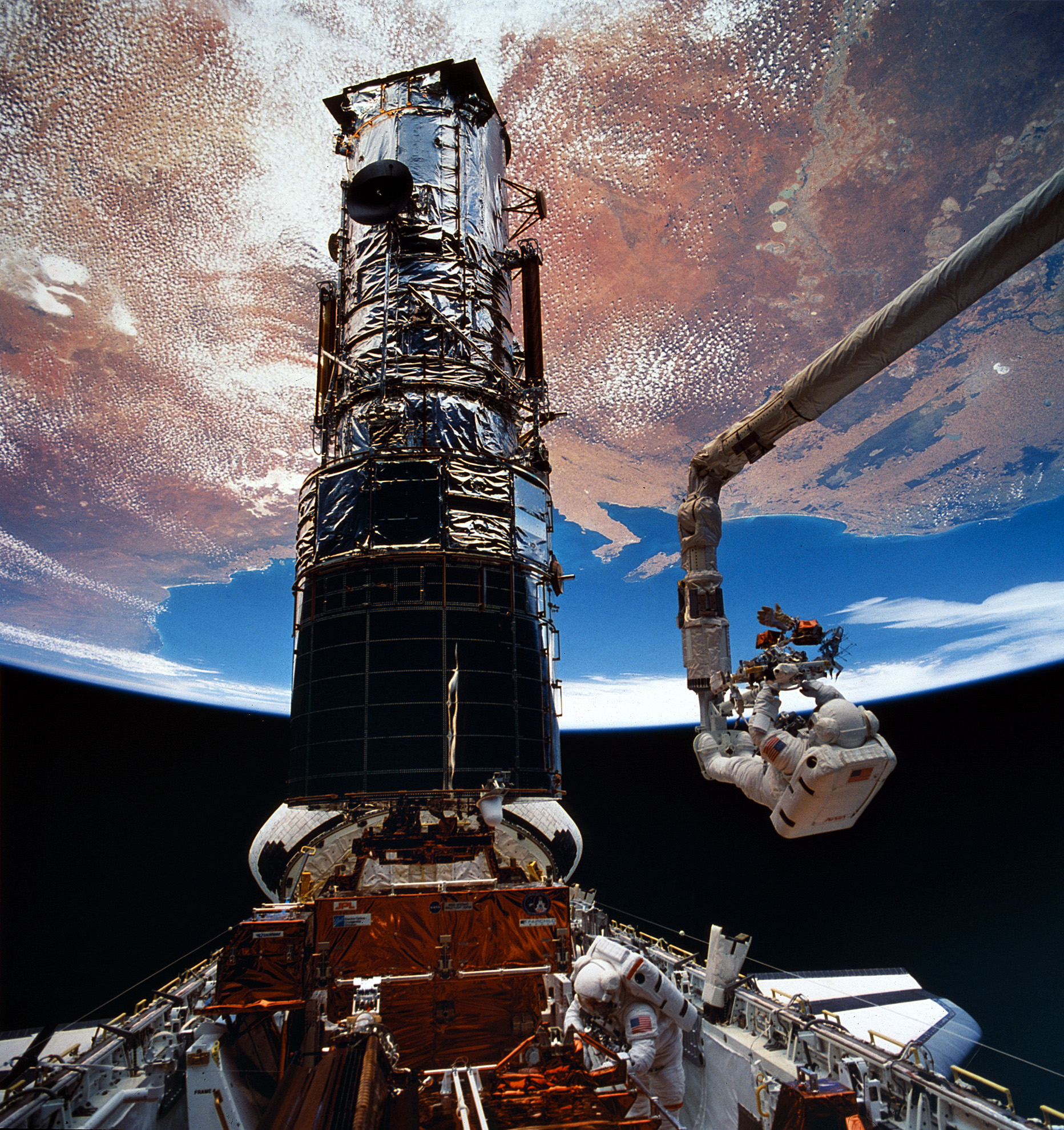
© 2016, Bryan R. Swopes
23 November 2002, 00:49:47 UTC, T minus Zero
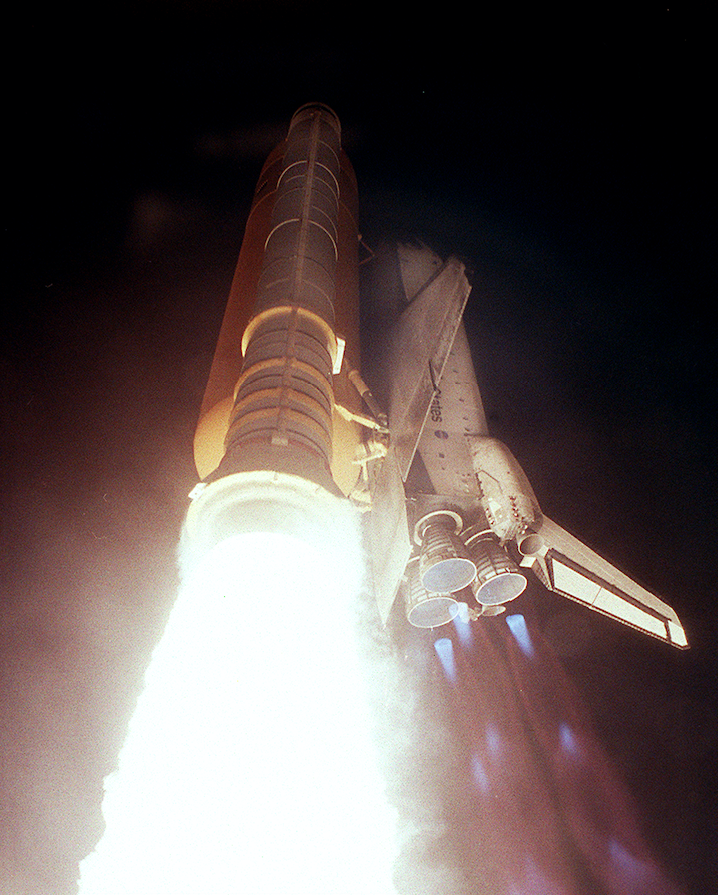
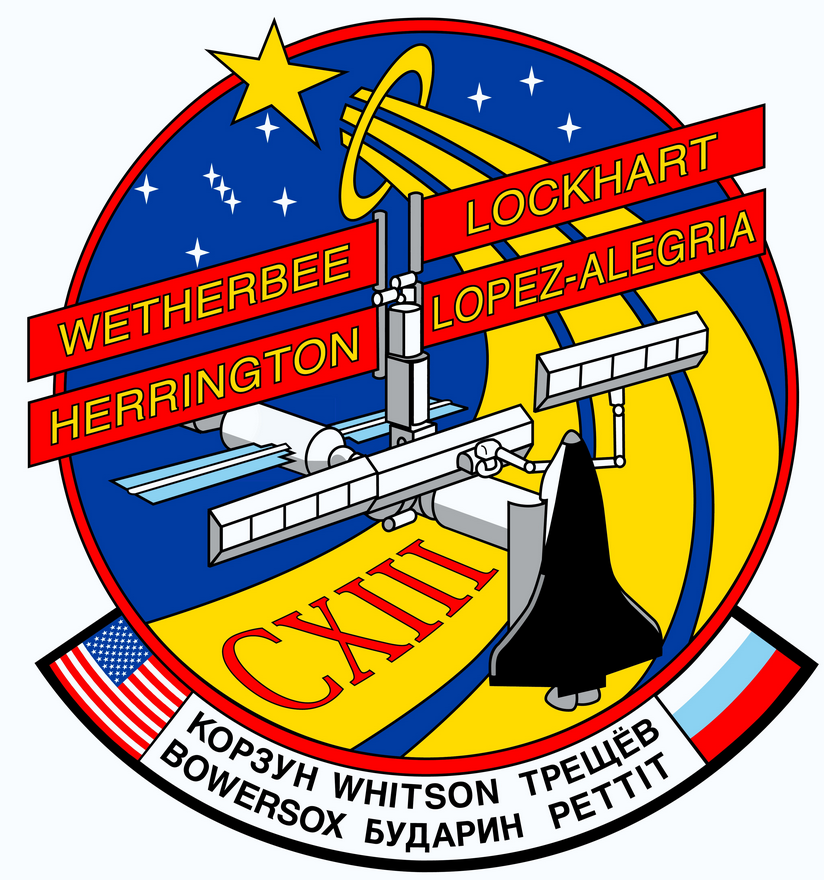
The mission commander, Captain James D. Wetherbee, United States Navy, was on his sixth space flight and shuttle pilot Lieutenant Colonel Paul S. Lockhart, United States Air Force, was on his second. Mission Specialist Captain Miguel López-Alegría, USN, was on his third space flight while Commander John B. Harrington, USN, was on his first.
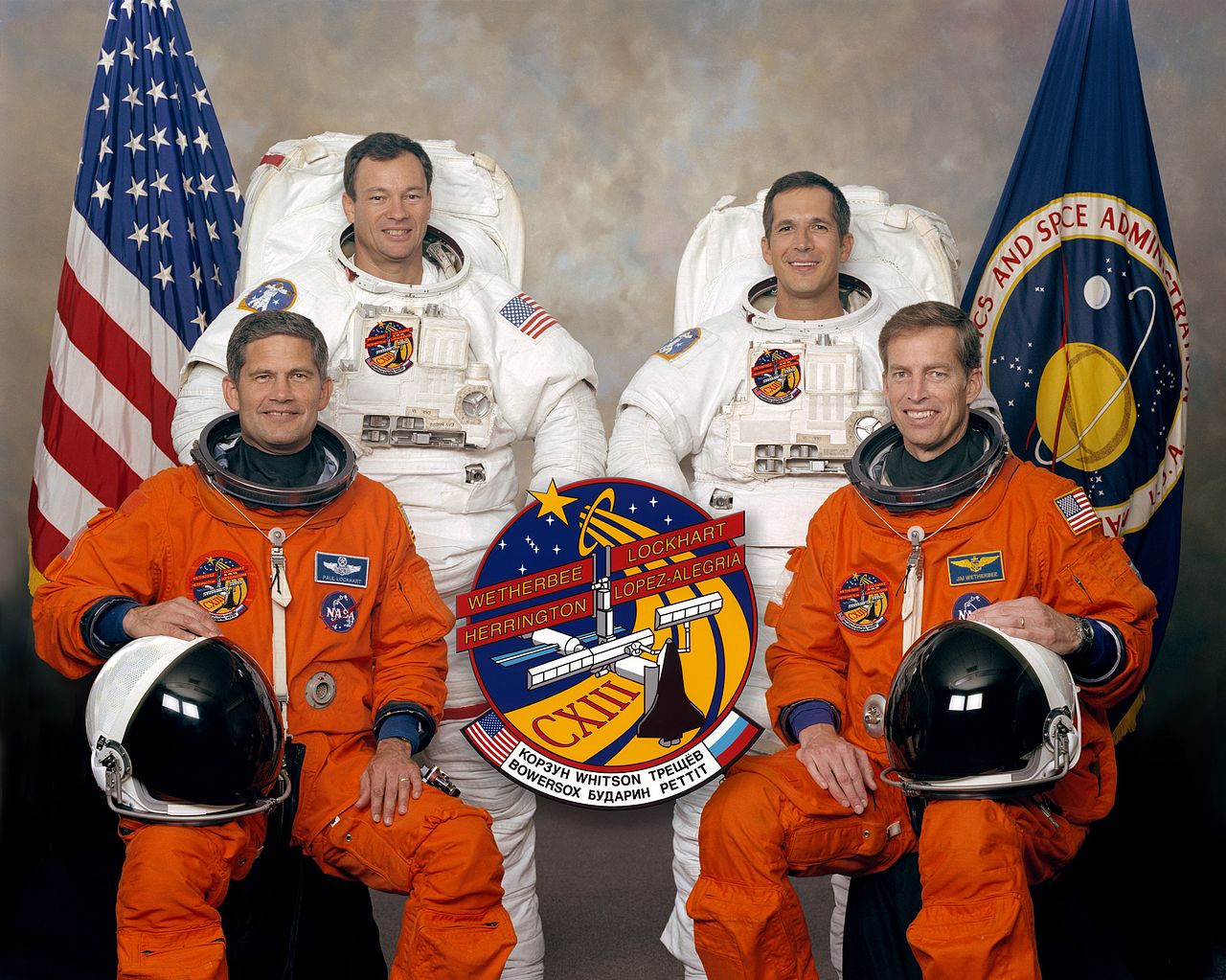
STS-113 delivered the P1 truss (the Port Side Thermal Radiator Truss), a major structural component of the International Space Station, into orbit, while also carrying the three members of Expedition 6, who were to spend the next four months on board the space station: Captain Kenneth D. Bowersox, USN, was on his fifth space flight; Test Cosmonaut Nikolai Mikhailovich Budarin (Николай Михайлович Бударин), Russian Federal Space Agency (RKA), on his third flight; and Donald R. Pettit, Ph.D., NASA, was on his first. ISS Expedition 5 members Colonel Valery Grigoryevich Korzun (Валерий Григорьевич Корзун), Soviet Air Force, Peggy Annette Whitson, Ph.D., NASA, and Sergei Yevgenyevich Treshchov (Сергей Евгеньевич Трещёв), RSC Energia, having completed their assignments to the ISS, were returned to Earth aboard Endeavour.
Endeavour landed at the Shuttle Landing Facility (LSF), Kennedy Space Center, at 19:38:25 UTC, 7 December 2002. The duration of mission STS-113 was 13 days, 18 hours, 48 minutes, 38 seconds. Endeavour remained docked with the ISS for 6 days, 22 hours, 51 minutes, 00 seconds. While in orbit, NASA astronauts López-Alegría and Herrington performed three EVAs (Extravehicular Activity, of “space walks”).
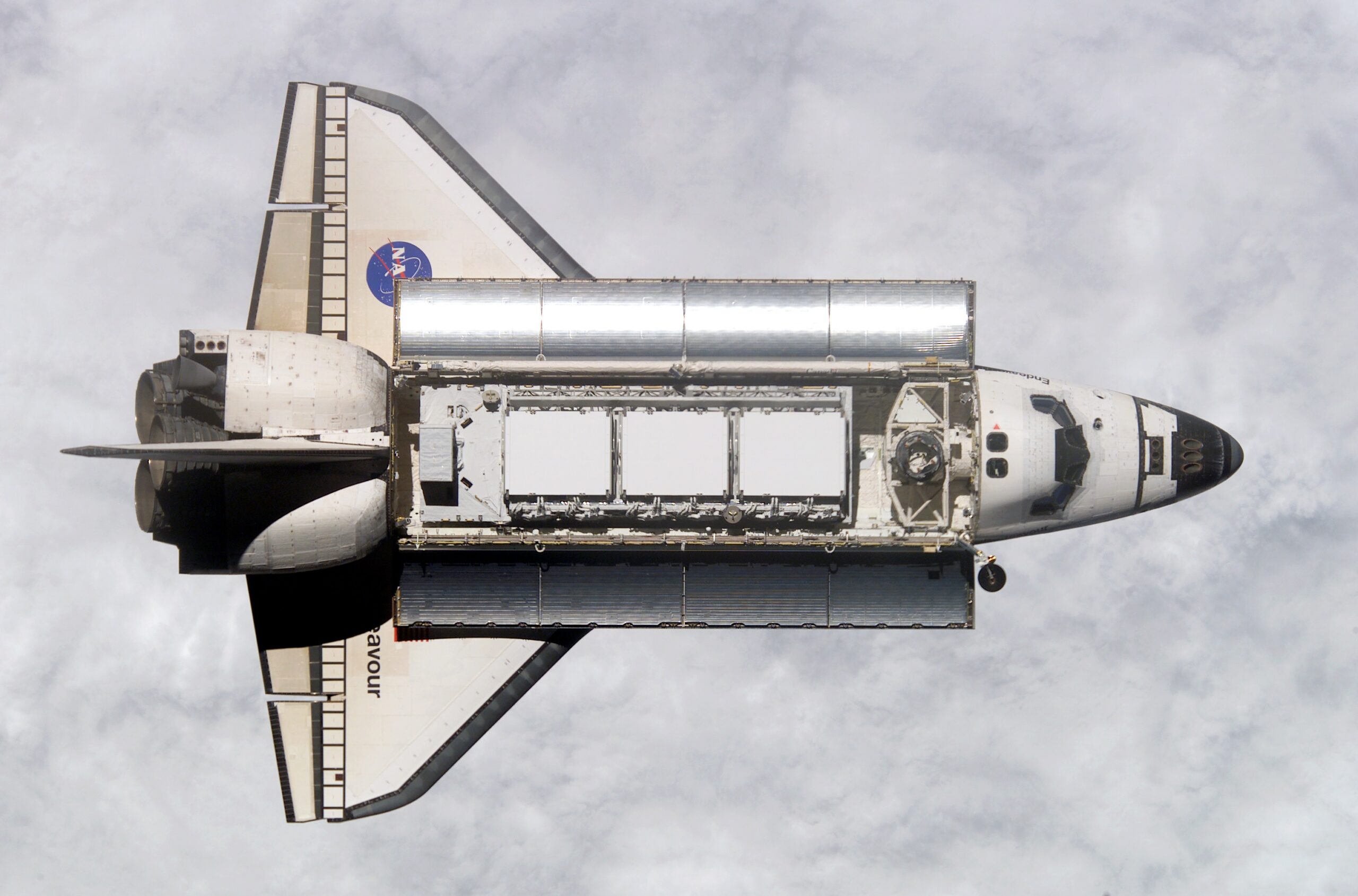
© 2018, Bryan R. Swopes